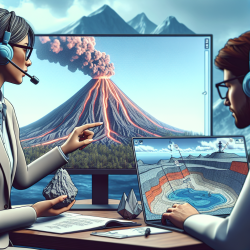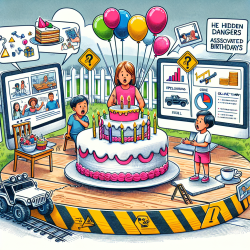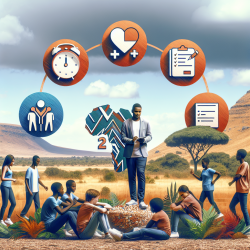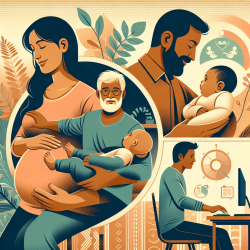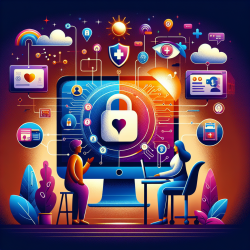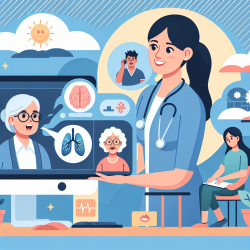Introduction
In the ever-evolving field of volcanology, the way we communicate and share knowledge has transformed significantly. The research article "Communication when it is needed most—the past, present and future of volcano geoheritage" provides a comprehensive look at how volcano geoheritage can be communicated effectively to benefit scientists, officials, students, and the public. This blog post aims to help practitioners in the field of education, particularly those involved in online therapy services like TinyEYE, to enhance their skills by integrating these communication strategies.
Understanding Volcano Geoheritage
Volcano geoheritage is not just about the physical sites of volcanological significance but also encompasses the knowledge bases, data sources, and information related to volcanoes. The traditional methods of communication through books and journal articles have expanded to include social media, films, videos, and websites. This shift provides an opportunity for practitioners to access and disseminate information more effectively.
Implementing Knowledge Webs
The research proposes a dual approach to information dissemination: an information web for broad understanding of volcano systems and a second web for individual volcanoes. Practitioners can leverage these webs to create a more integrated approach to teaching and learning about volcanology. By utilizing these knowledge webs, educators can provide students with a holistic view of volcanoes, which is crucial for fostering a deeper understanding of the subject.
Utilizing Modern Communication Tools
Today's communication landscape offers a plethora of tools that can be utilized to enhance learning experiences. Practitioners can incorporate the following strategies:
- Social Media: Use platforms like Twitter and Facebook to share real-time updates and engage with a broader audience.
- Films and Videos: Develop multimedia content to illustrate complex volcanological concepts in an accessible manner.
- Online Courses: Create MOOCs and e-lectures to provide structured learning opportunities on various topics related to volcanology.
Encouraging Further Research
The research emphasizes the importance of continuous learning and exploration. Practitioners should encourage students and colleagues to engage in further research by providing access to comprehensive resources like the Encyclopedia of Volcanoes and online platforms such as Vhub. These resources offer valuable insights and data that can enhance understanding and spark curiosity.
Conclusion
By integrating the communication strategies outlined in the research, practitioners can improve their skills and provide more effective education and therapy services. The comprehensive system of information collection and dissemination proposed in the research offers a template for modern communication that benefits all stakeholders involved in the study and understanding of volcanoes.
To read the original research paper, please follow this link: Communication when it is needed most—the past, present and future of volcano geoheritage.
